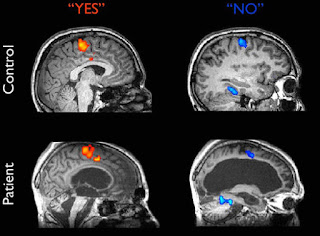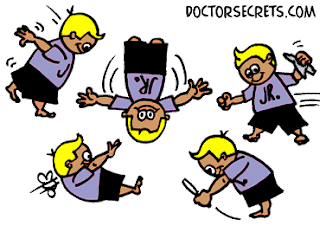I know what you’re thinking…

“I know what you’re thinking….” It’s a common saying and one that belies any functional capacity to predict another’s thoughts. Yet our drive to uncover arguably the most secretive and private form of information – thoughts – has led to major advances in the science of “reading one’s mind.” Current technologies are able to perform generally accurate predictions about robust neurologic phenomena such as distinguishing if an individual is looking at (or imagining) a face or a home (Haynes and Rees, 2006). However, as technologies advance it may well soon be possible to detect and identify more complex and covert thoughts – lies (Langleben et al., 2005) and even subconscious thought (Dehaene et al., 1998). With this ability, we must question the ethics surrounding the pursuit of this knowledge. Figure 3 from Haynes and Rees, 2006 The foremost concern with use of this technology is the right to privacy. At what length are we able to sidestep an individual’s basic right to privacy? If an in










